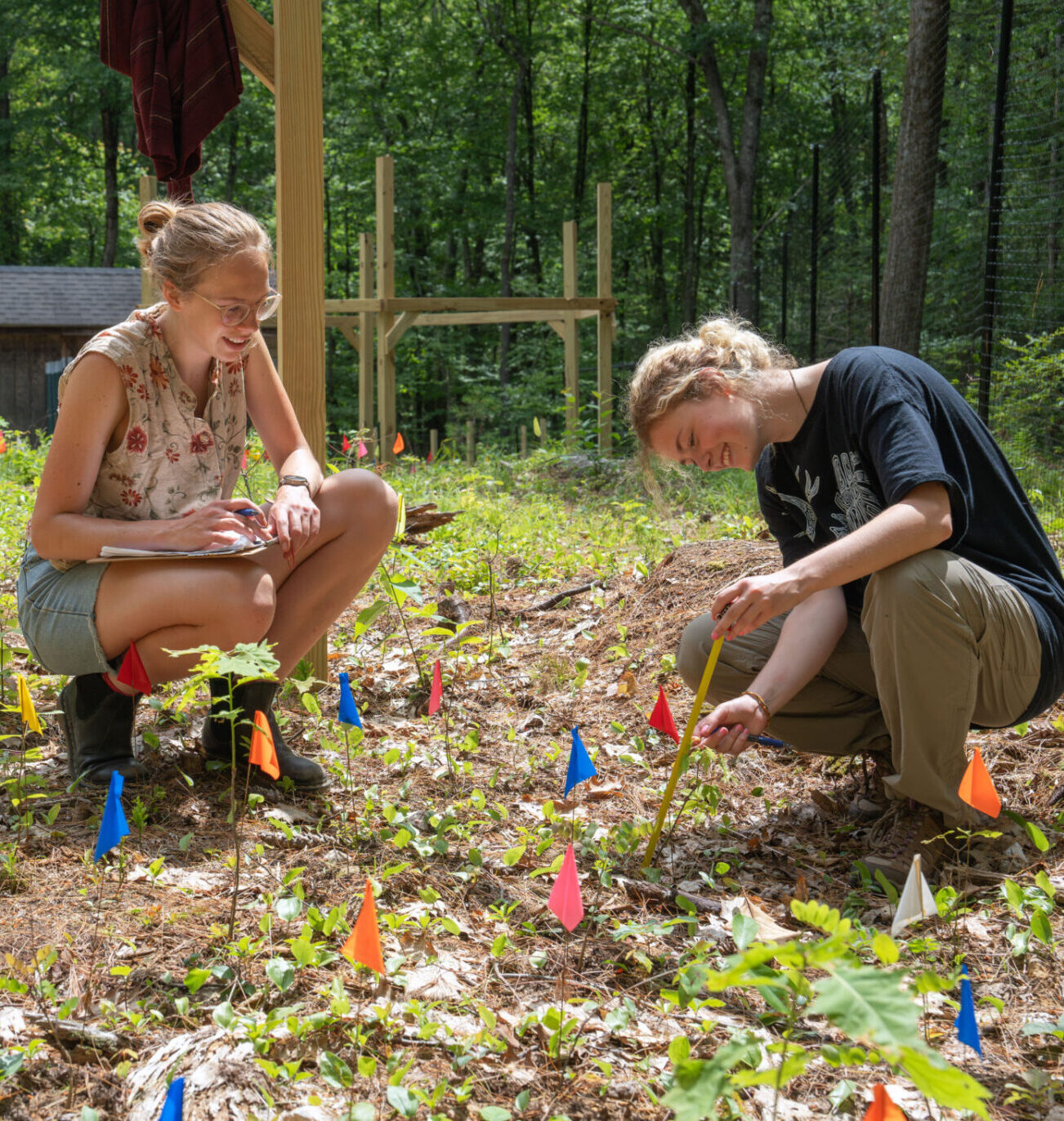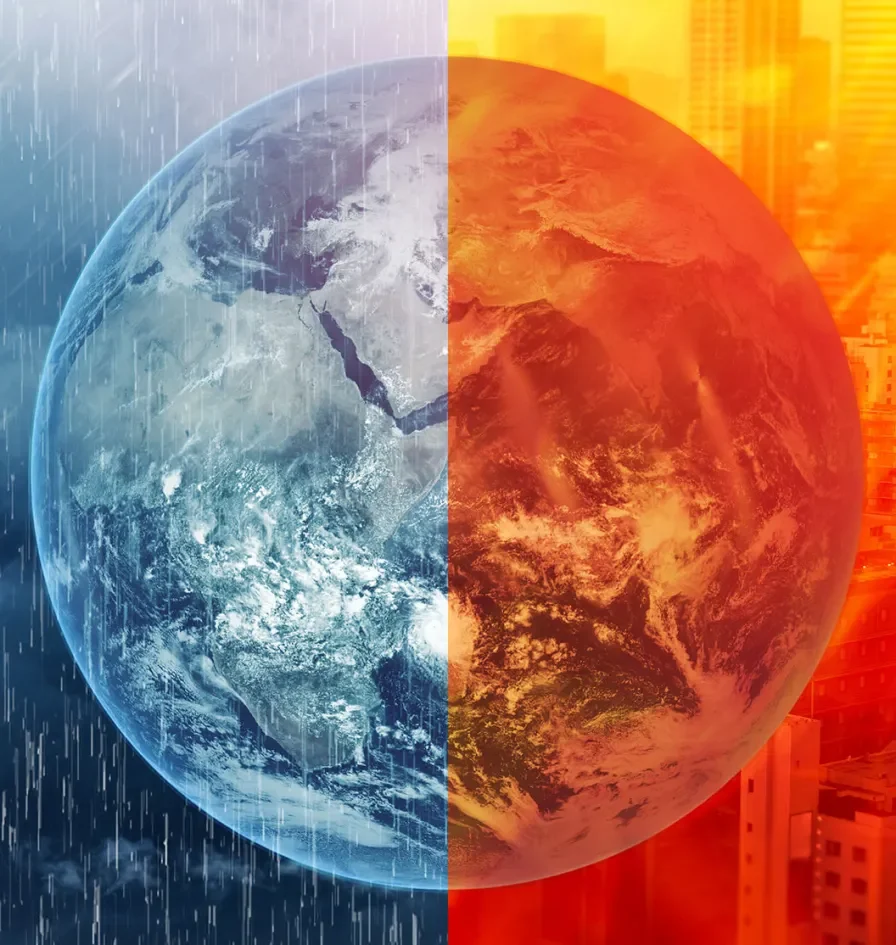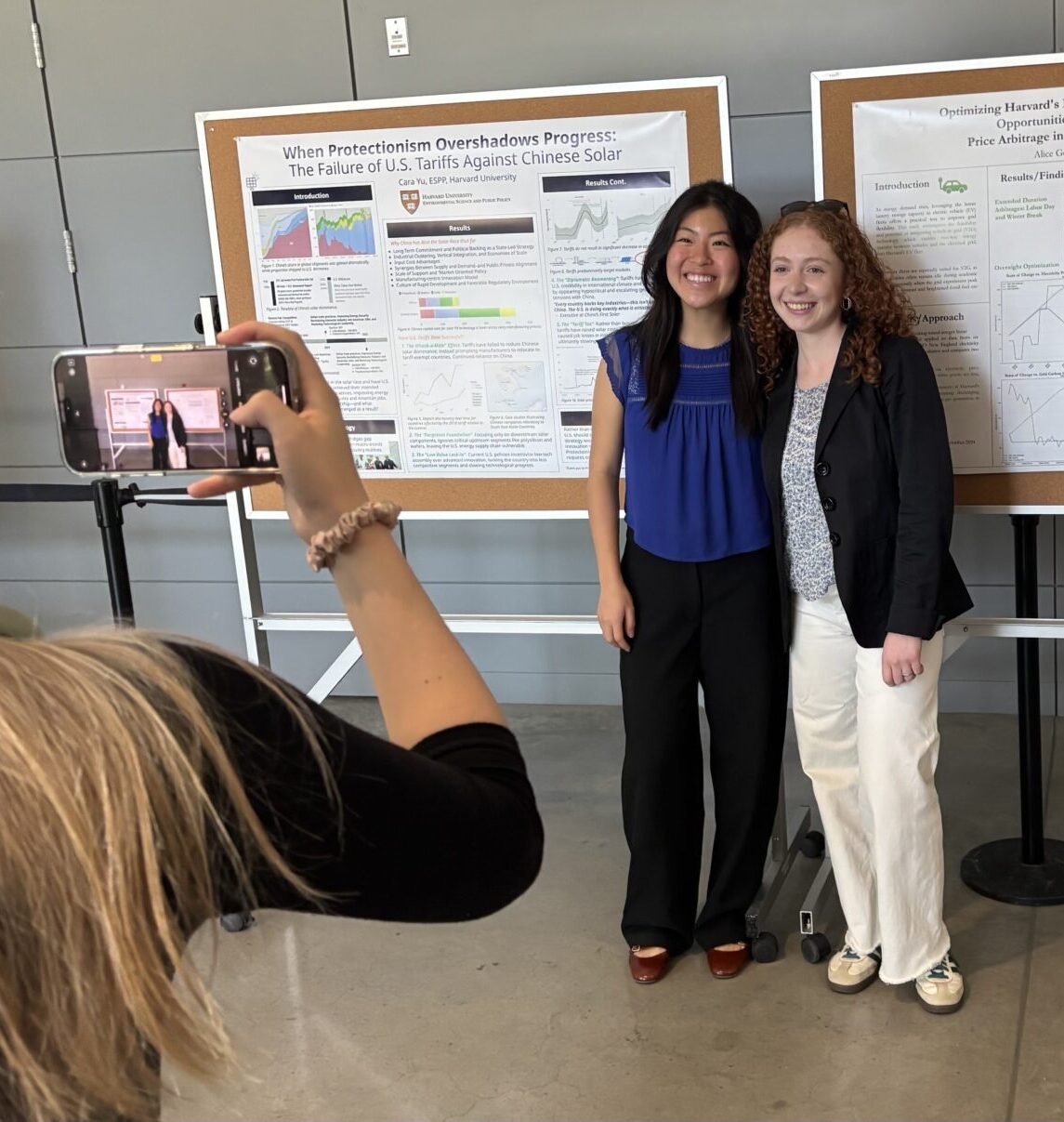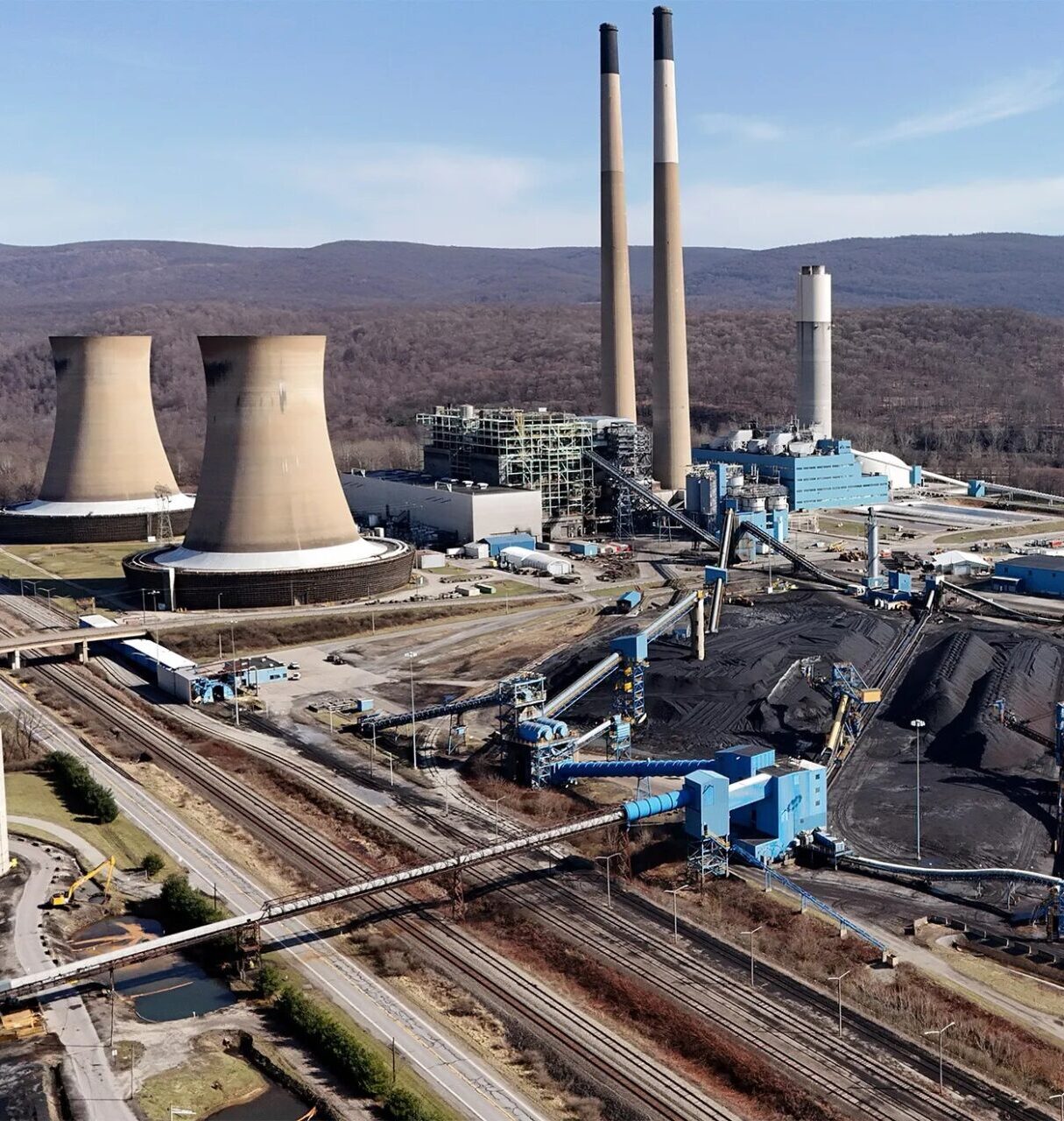Is the Brain Relevant to Climate Change?

Difficult problems should be solved by experts. So, what do you do if there’s an enormous critical problem threatening you and everything you value, and you’re an expert in…something else?
I am a pediatric neurosurgeon. I can tell you how to remove a brain tumor, fix a congenital malformation, or treat a severe injury. I have years of experience guiding individual families through the worst crisis they can imagine – an acute, immediate threat to what they value most – their children. But what of this other, larger scale threat, that increasingly menaces every child, around the whole world? What does one do with that?

There are poles on the bell curve of opinions on the answer to this question. At one end is the view that climate change should be left largely to the direct subject matter experts – the climate scientists, policy and government professionals, negotiators and legislators. At the other end is the idea that this problem is so big that everyone has to directly engage in solutions, each doing what’s possible within their own sphere of influence, at whatever scale is available. A large middle ground recognizes that the experts need to lead, but everyone else needs to stay informed and be willing to enlist when given the opportunity to do so – and even that sometimes new perspectives may come from unexpected places.
Luckily for people like me, the Harvard University Center for the Environment within the Salata Institute operates as a large tent, welcoming in all in the broad academic community, from basic and applied science, law, policy, government, and education, through history, art, design, journalism – even medicine. The climate problem is so big that each perspective has the potential to bring something of value, and we all have much to learn from listening to and interacting with our colleagues in other fields.

As a clinician and researcher focused on how the brain is designed, develops, and does its work, informed by daily observation of diseases and injuries that shed light on the principles and complexities of normal function, it has been impossible not to incorporate a brain-focused perspective into my view of the climate crisis. While climate denial and inaction are extraordinarily frustrating, it has not seemed surprising to me that we struggle to perceive and act on this problem – it’s just not something for which evolutionary pressures would have selected these capabilities in our neural equipment. It didn’t exist back then. History gave us beautifully designed mechanisms to sense ammonia and the visible color spectrum and to pick out the cry of our own child, but not to perceive directly that CO2 is increasing rapidly in the air around us. We learn best from observing the immediate consequences of our actions, but decisions we might make in the name of climate change rarely have perceptible consequences that can provide the reinforcing reward of agency. On average we tend to believe in authorities we know personally, are skeptical of change, and are rewarded by short-term acquisition and security; the roots of these tendencies can be found in the workings of the simpler organisms whose survival-weighted neural circuits we inherited.
Neuroscience has unraveled some of the precise ways decisions are influenced by different kinds of rewards including financial gain, social affirmation, agency, novelty, and familiarity. We make our decisions through an extraordinarily complex, often unconscious utility evaluation of our immediate choices. And on average, pro-environmental decisions simply have been less rewarding than the alternative. Honed during prehistory, these biased patterns within our 86 billion neurons result in decision-making predispositions that tend to make many of us behave in similar ways, most of which don’t typically push us towards climate change action as the first and easiest response to this novel, strange and often amorphous threat. So are we doomed by a hard-wired “human nature” to fail to change our priorities in time to avert the worst crisis acceleration scenarios?
Much of what will happen – as I’ve learned from my expert climate science colleagues – is already decided, based on the scale and pace of prior human activity. But at least in part, some of the answer depends on the flexibility inherent in the design of our neural equipment to change what we prioritize, at what scale and over what timeframe. The sheer number of the infinitesimal influences that act on the human decision-making apparatus at any given moment is almost unfathomable, and these internal and external influences by nature are variable – over time and among people – to allow us to adapt to changes in our circumstances. This adaptability – plasticity, in neural terms – is what allowed us to expand across the planet and invent all those things that became the causes of climate change. It is in part what has fueled the acceleration of consumption that has turbo-charged the problem. Is there any chance of using what neuroscience has taught us about the flexibility of these processes to help more of us tip our decisions in a better direction?

Research to learn what works best for difficult behavior change in the contexts of public health, addiction, and education shows that some general principles apply. Positive tends to work better than negative; substituting social rewards for abandoned maladaptive rewards, and incorporating agency and a sense of changed identity all have been effective. This is true also for pro-environmental behavior changes. But one common question goes like this: what’s the point of talking about the brain at all, when climate change is so big that individual behavior is insignificant? It’s true that decisions are made at the level of an individual person’s brain. But it’s also true that the sphere of influence of a given decision can affect many people. These broader spheres of influence – as community members, leaders in industry, education, science, policy, finance, industry, and government, as initiators or joiners of social movements, and participants in collective action – all originate in the brain’s ability to change its utility calculations.
Understanding that as a leader – making a decision that is pro-environmental simply may not feel as rewarding as other decisions you’re used to making – may help you persist and make that tough choice anyway. Recognizing that because social rewards are powerful, aligning with like-minded people may help substitute for the more conventional rewards of success that are familiar, that you’re giving up – a better bottom line, a bonus, accolades from your colleagues who may raise their eyebrows at your climate-related priorities. People are influenced strongly by those around them, and your opinions will influence others. In the healthcare sphere, the shift is happening – medical schools and hospitals are teaching the effects of climate change on health, investing resources to decrease their own contribution to the problem, and using their trusted platform of health globally to advocate for technical, financial, and policy solutions. While my pet protype “Green Children’s Hospital” project hasn’t yet been funded, we now have an entire Center dedicated to climate change and health action.
This problem is big enough that there’s room for all of us to get involved, however we can, with whatever we can bring. A new idea is simply a novel synaptic spark that builds on knowledge you already have, and the more we interact, the more perspectives can contribute to new insights. Our brains evolved to include specialized skills that vary among people, and this distribution of strengths enhances the productivity of collaboration. If nothing else, the social reward of being with like-minded people who share this priority can reinforce our collective commitment to keep moving forward on the difficult road ahead.








